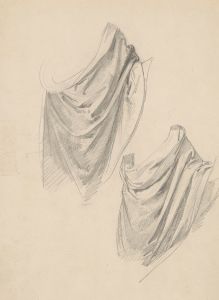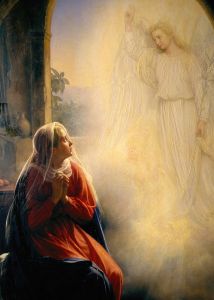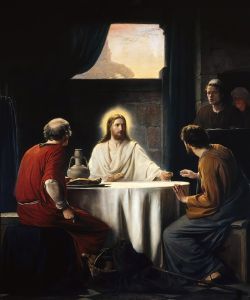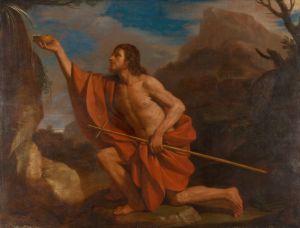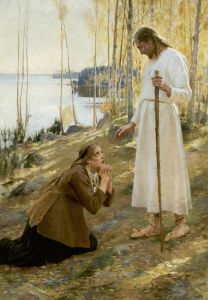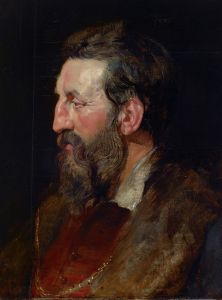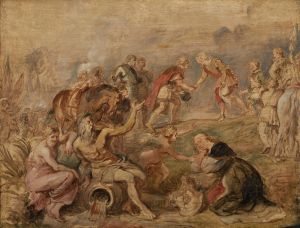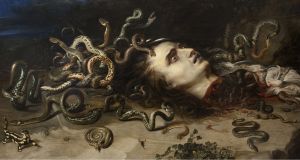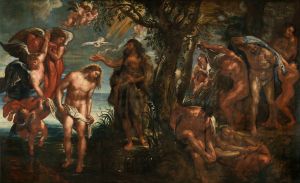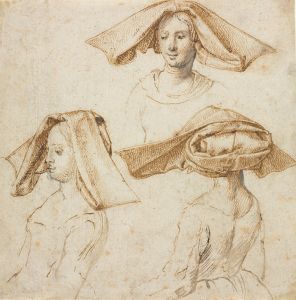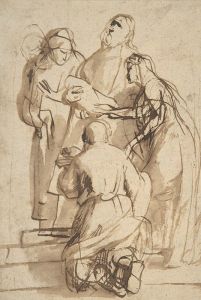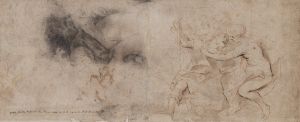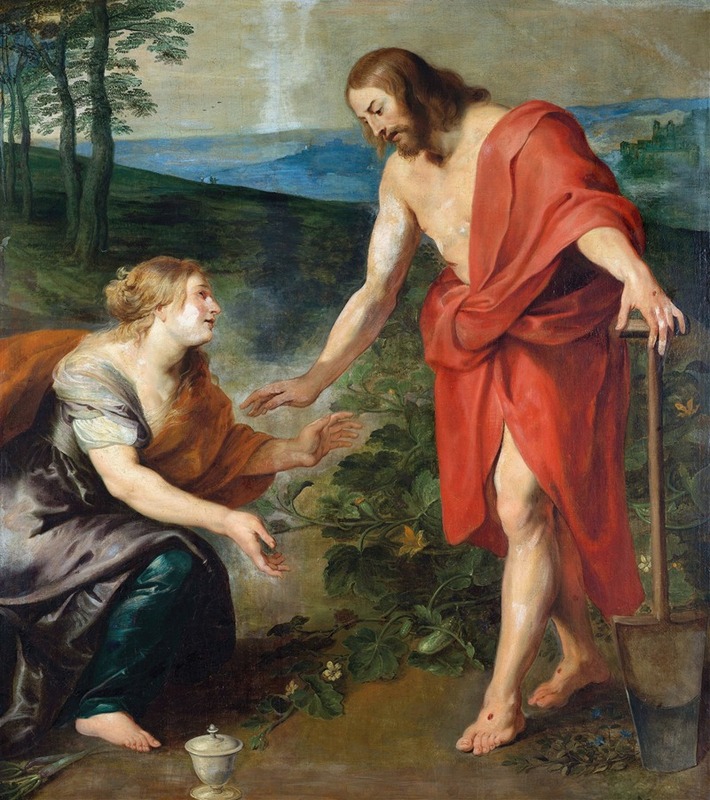
Christ Appears to Mary Magdalene
A hand-painted replica of Peter Paul Rubens’s masterpiece Christ Appears to Mary Magdalene, meticulously crafted by professional artists to capture the true essence of the original. Each piece is created with museum-quality canvas and rare mineral pigments, carefully painted by experienced artists with delicate brushstrokes and rich, layered colors to perfectly recreate the texture of the original artwork. Unlike machine-printed reproductions, this hand-painted version brings the painting to life, infused with the artist’s emotions and skill in every stroke. Whether for personal collection or home decoration, it instantly elevates the artistic atmosphere of any space.
Peter Paul Rubens, a prominent Flemish Baroque painter, created the artwork "Christ Appears to Mary Magdalene," also known as "Noli Me Tangere." This painting is a significant representation of a biblical scene from the New Testament, specifically from the Gospel of John (John 20:14-17). The phrase "Noli Me Tangere" translates to "Touch Me Not" in Latin, which are the words Christ speaks to Mary Magdalene after his resurrection.
Rubens, known for his dynamic compositions, vibrant color palette, and robust figures, captures the moment when Mary Magdalene encounters the resurrected Christ. In this scene, Mary initially mistakes Jesus for a gardener until he reveals himself to her. The painting reflects Rubens' mastery in conveying emotion and movement, as well as his ability to depict complex theological themes through art.
The composition typically features Christ and Mary Magdalene in a garden setting, symbolizing the location of the tomb where Jesus was buried and resurrected. Rubens' depiction of Christ often shows him with a serene and gentle expression, emphasizing his divine nature and the significance of his resurrection. Mary Magdalene is usually portrayed in a state of awe and reverence, capturing the emotional intensity of the moment.
Rubens' work is characterized by its dramatic use of light and shadow, which adds depth and intensity to the scene. The figures are often rendered with a sense of movement and vitality, a hallmark of Rubens' style that brings the biblical narrative to life. The artist's use of rich, warm colors further enhances the emotional impact of the painting, drawing the viewer into the sacred encounter.
The painting is a testament to Rubens' ability to blend religious themes with the artistic innovations of the Baroque period. His work often reflects the Counter-Reformation's emphasis on art as a means of inspiring faith and devotion. By depicting this pivotal moment in Christian theology, Rubens not only illustrates a biblical story but also invites viewers to contemplate the mystery and significance of the resurrection.
Rubens' "Christ Appears to Mary Magdalene" is part of a broader body of work that includes numerous religious subjects. His paintings were highly sought after by patrons across Europe, and his influence extended beyond his lifetime, shaping the development of Baroque art. The painting exemplifies Rubens' skill in combining narrative clarity with emotional depth, making it a powerful representation of the resurrection theme.
While specific details about the commission or the current location of this particular painting by Rubens might not be readily available, his works are housed in major museums and collections worldwide. Rubens' legacy as a master painter continues to be celebrated, and his religious paintings remain significant for their artistic and spiritual impact.





